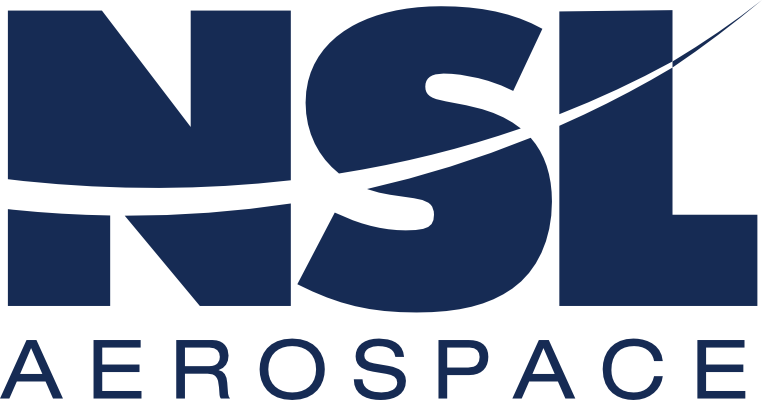Why use aviation PMA parts?
We believe strongly in the benefits of Parts Manufacturer Approval (PMA) parts in the aerospace and aviation industry. A PMA is an alternate product that can safely replace an original part in the maintenance of type-certified aircraft, accessories, engines, and propellers, as approved by the FAA.
Many professionals have heard of PMA sealants but aren't sure where to start or perceive difficulties in adopting them. Generally speaking, we see 4 common hurdles to implementing PMAs. We have solutions to all of them and many other difficulties.
Hurdle #1: Our NSL PMA sealants aren't on your Qualified Product List (QPL)
A QPL identifies materials and suppliers whose products are approved for use on projects without further documentation or testing. If your vendor, customer, or company's QPL doesn't include PMA sealants, we can help.
We've walked many airlines, MROs, and chemical management companies through the process of adding our PMAs to their QPL. You can reach out to us directly at (+1) 800-527-0011 or customerservice@nslaerospace.com and speak to one of our sales team to further discuss it.
You can also visit our NSL PMA Sealants Hub and find the following resources:
- Cross-reference guide for NSL PMAs and PPG Sealants
- See by individual PMA sealant which aircraft are eligible for use
- Sort, filter, or search a table of all eligible aircraft, their corresponding NSL PMAs, and their cross-referenced PPG Sealants
- Supplements and technical data sheets on our product pages
- And much more!
Hurdle # 2: Customer perception of PMA parts
The FAA approved PMA aviation sealants in 2008 after a four-year process of testing, documentation, and more. We are proud to have been a part of that. Ours were the first-ever FAA-approved PMA aerospace sealants in the industry. This established cost-effective alternatives to commonly used PPG/PRC aerospace sealants. We're passionate about this subject!
Did you know that by law, a PMA part is required to be as good or better in quality than OEM part it's replacing? That's important information to share with people who might not want PMA parts used on their aircraft because of misconceptions about safety, reliability, or quality. We encourage them to read our Introductory Guide to PMA Sealants. In it, we explain where PMAs come from, how they are tested, and the measures we employ to ensure the highest quality products. Additionally, as PMA holders, we have multiple responsibilities to uphold, per the FAA. We even go above and beyond those by conducting a second round of testing for a sample of each batch in our facilities near Houston, Texas.
Hurdle #3: You might have a contract with a vendor or chemical management company that lumps together multiple parts and doesn't allow for individual changes
We suggest you discuss including PMAs in your contract when it's up for renegotiation, listing the many benefits of PMAs. See our page on the 4 Key Benefits of PMA Sealants!
Hurdle #4: You still might not be comfortable using PMA parts and want more information.
Since 2008, we've worked with a large number of airlines, OEMs, and MROs around the world to help them adopt PMA sealants. Many of them were skeptical or unsure about where to start with the whole process. To facilitate that process, we've created and increased our resources over the years. We've also created a PMA Sealants Hub to walk you through the approval process, step by step, to compare products, and to look for eligible aircraft. It's a great place to start as you build familiarity and confidence in these products. You'll be glad you did when you realize their multiple benefits.
We hope this page has helped you understand the 4 most common hurdles to implementing PMA products. If you have additional questions, please check out our Resources page or reach out to us. We're here to help.
